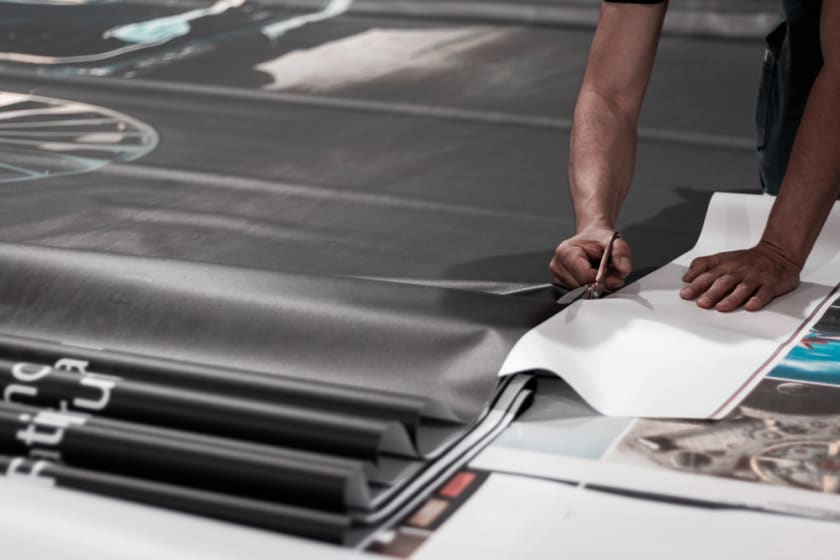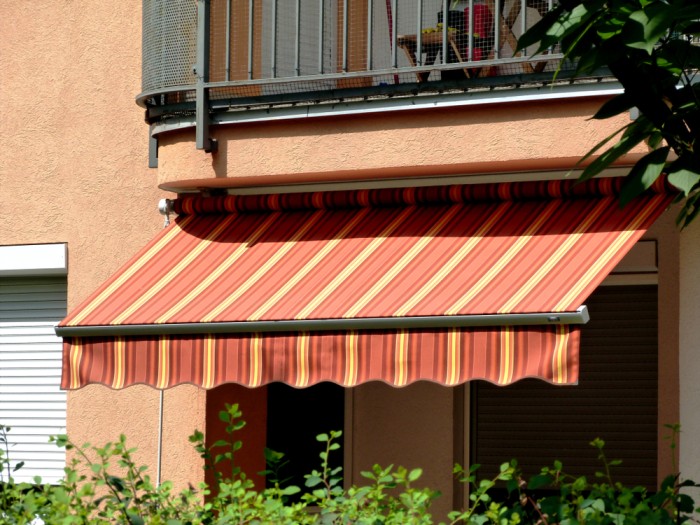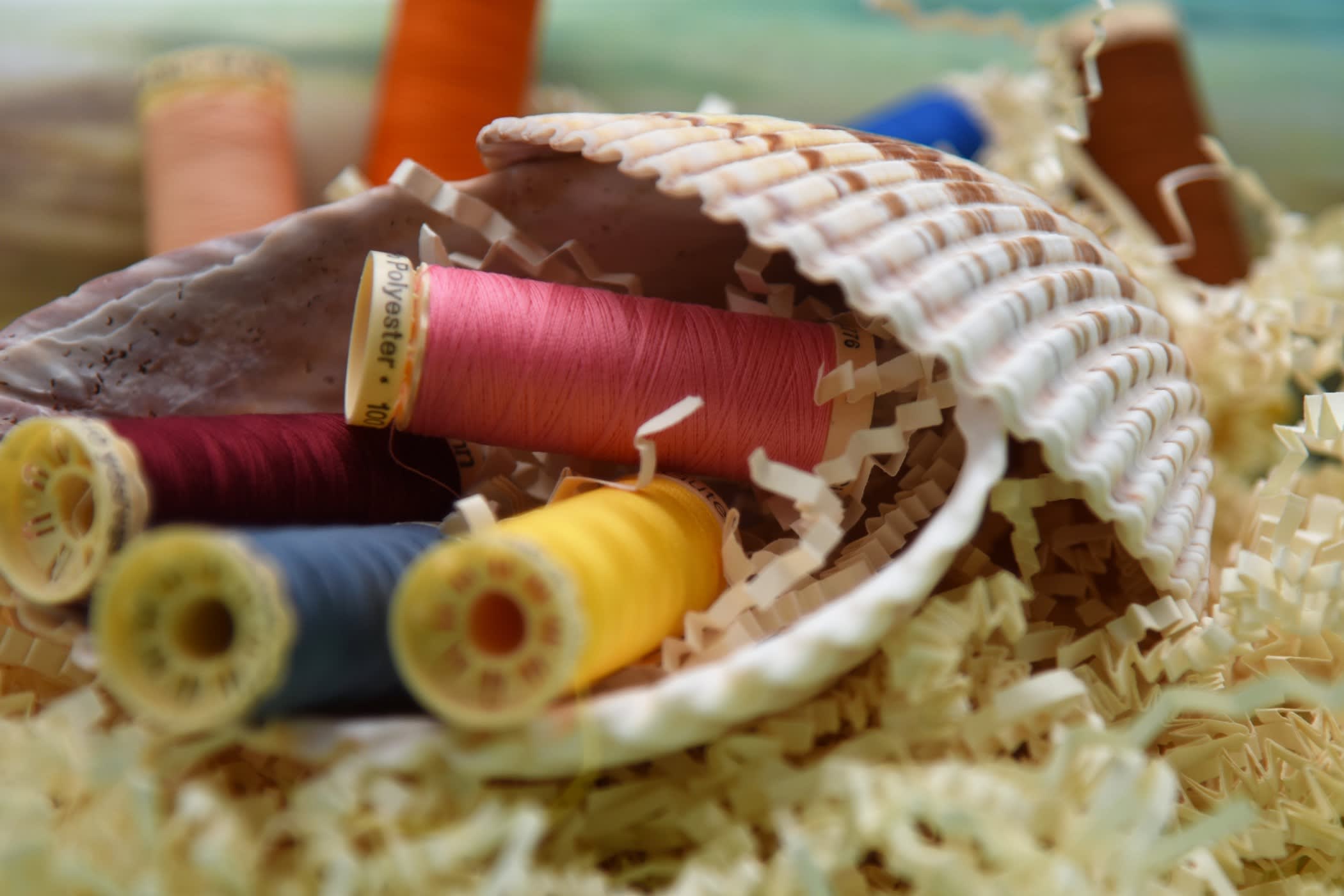Here's How Some Textiles Protect The Skin From UV-Radiation



Protective clothing is the clothing designed, constructed, or treated specifically to shield personnel against threats posed by dramatic changes in the physical environment, hazardous working circumstances, or hostile activity.
UV-protected textiles effectively shield the skin from the damaging UV rays or the sun’s radiation. They provide particularly strong protection from more intense sun radiation when specific materials and patterns are employed. They provide the body with extensive, easy, and long-lasting protection.
Clothing devices that are made of the right material and have the right design provide the best protection. In addition, the material's age, condition of use, and body covering must all be considered.
Harmful Effects of UV Radiation on the Skin
Sunlight aids in the synthesis of vitamin D, which is necessary for regular bone growth. However, there is a drawback. The UV rays from the sun can cause serious skin damage. The pigment melanin is found in the cells of the skin's outer layer. Melanin is a pigment that shields the skin from the sun's UV radiation. These can cause the skin to burn and lose suppleness, resulting in accelerated ageing.
The skin is the first surface that comes in contact with the harmful UV rays. This is why one must always protect their skin from direct sunlight, especially in such burning hot summers.
A few of the hazardous effects of UV rays on the skin are as follows:
- Skin cancer
- Early ageing
- Skin burn
- Tanning
- Erythema
The skin must be protected at all costs from these harmful effects of UV rays. And to protect it, there are various UV safe textiles and garments available.
UV Fabric

In order to protect your skin from the harmful rays, there are various UV safe fabrics available nowadays.
The goal of textile finishing is to shield the skin from the effects of sun radiation, which is a relatively recent goal because the textile may not always provide appropriate protection. The extiles' specific protective properties against a wide range of impacts are gaining increasing attention.
UV fabric is clothing that has been graded because of its degree of ultraviolet protection and is specifically developed for sun protection. The use of a new loom structure and thickness may result in sun protection.
Some UV protective textiles and garments may be developed with breathable weaves, moisture absorbing, and anti-bacterial qualities to aid in cooling and aeration, as sun protective apparel is typically worn in hot and humid conditions.
The best way to reduce the exposure of UV rays is to stay out of the sun; however that is not a solution that anyone wants. The solution involves the development of more powerful UV absorbers, which consumers prefer. And so, there are UV safe fabrics for that.
All About UV Protective Textiles
The term "UV protective" refers to materials or clothing that are specifically designed to shield the skin from harmful UV rays. In other words, sun protection clothing is made of textiles that have been treated with a unique UV inhibitor or weaved to prevent the harmful UV rays from penetrating the skin.
When clothing gets moist from sweat, it sticks to the skin and prevents the sweat from evaporating. Our body temperature is maintained through the evaporation process, which keeps us cool and dry during summers and warm in the winter. Cotton, nylon, and polyester have historically been vilified for slowing down our evaporation. Breathability is the main characteristic of the new fabrics. They have exceptional knitting that allows us to complete our cooling process by wicking sweat away from our skin.
Cotton fibres blended with polyester fibres are also effective UV absorbers. Mesh is a quick-drying fabric that is commonly used to make shirts, coats, and pants. However, it's not really sun-resistant and cannot be seen as a sole source of protection from the sun.
Types of UV Fabric
The UPF, which is the ultraviolet protection factor, is a relatively recent rating designation for sun-protective fabrics and clothing. It represents the proportion of sunburn-causing UV measured without and with the fabric's protection.
Any fabric containing UPF is supposed to be UV safe and should be able to protect against the harmful rays of the sun.
Here is an important aspect of UV fabrics. The better the protection, the less open or dense the cloth. Apart from silk and viscose, which can become more protective when wet, getting a garment wet diminishes the protection by up to half.
There is also some evidence that washing fabrics with detergents that might contain fluorescent fabric dyes, which usually absorb UV rays, can improve their UV protection. Dark-colored fabrics are also said to give additional protection against UV rays than light-colored fabrics.

These fabrics provide much more protection against the UV rays than others:
- Wool fabrics
- Fabrics with UPF
- Cotton viscose fabric
- Dark-colored denim or fabrics
- Polyester blends that are shiny
- Unbleached cotton
- Lycra fabric
Fabrics providing protection against UV:
- Dark Colors - Darker colors tend to absorb more UV rays than lighter colors. Therefore, UV rays may not easily reach your skin.
- Dense Fabric - More layers of clothes may not always imply increased protection. The weave density of materials is the most essential protective factor—the tighter the weave, the shorter the pores and the less UV rays can pass through.
- Material - Bleached cotton and semi-synthetic fabrics like rayon are less protective than synthetic fibres like polyester and nylon.
- Reduced Tension - The UV rays will be able to permeate the fabric more easily if it has more flexibility. UPF can be increased by wearing clothing that does not hug the body.
The need for wearing a UV safe fabric:
- To prevent sunburn
- For people who spend a lot of time outside, particularly during the summer months and inregions where the sun is stronger, such as those near the equator and near sun-reflective surfaces like water, sand, and snow.
- Sunscreen creams are typically disliked by children; thus, sun protection apparel is much easier for adults than chasing behind kids to reapply sunscreens on a regular basis on them.
- Sun protective apparel is beneficial to anyone concerned about skin ageing and cancer. UV radiation causes cumulative skin damage, so even if you don't burn, you're still at risk. Skin cancer claimed the lives of 9,154 persons in the United States in 2010.
Sun protection materials are designed to shield your skin from the damaging and harmful UV rays. These textiles can be used to construct blouses, pants, jackets, caps and accessories, sunscreens, and umbrellas. Summer garments composed of normal materials typically provide less than 10 SPF protection. However, optimum results require a minimum of 30 SPF. For best results, use sunscreen with an SPF of 50 or higher.
With the arrival of summer and the sharp rays of the sun, it's time for all to get their hands on UV safe garments. The fashion and textile industry has reached new heights in the production of garments and is ready with the perfect summer safe outfits.
If you are looking for a fabric or textile to protect you against UV rays this summer, then you are welcome at Fashinza. Here, you will get all the desired fabrics, and we will guide you throughout to find the best fabric for you.



















